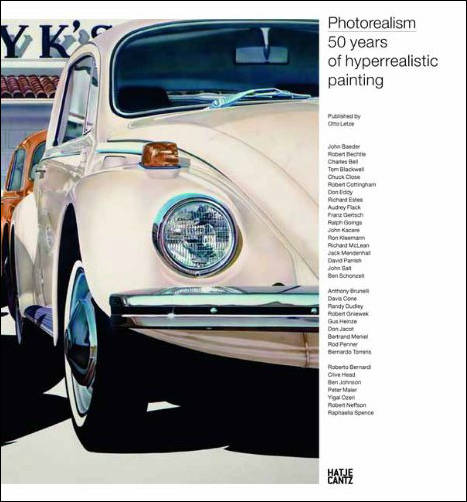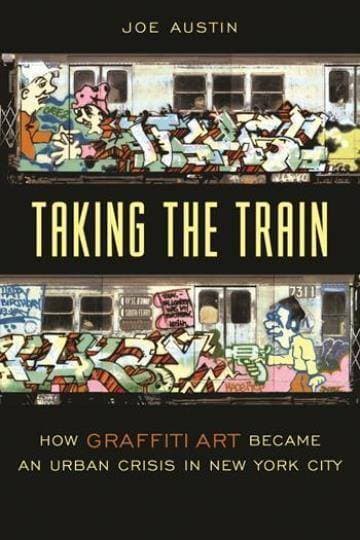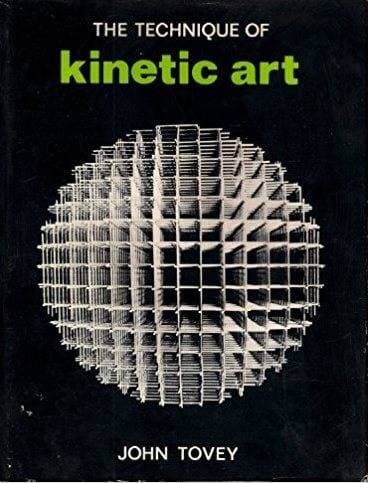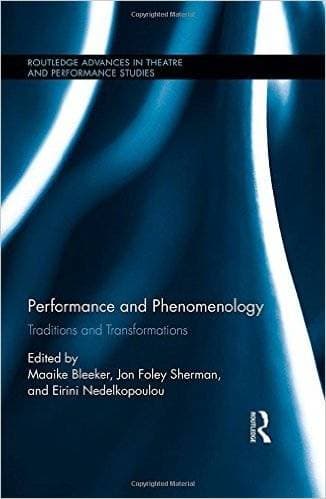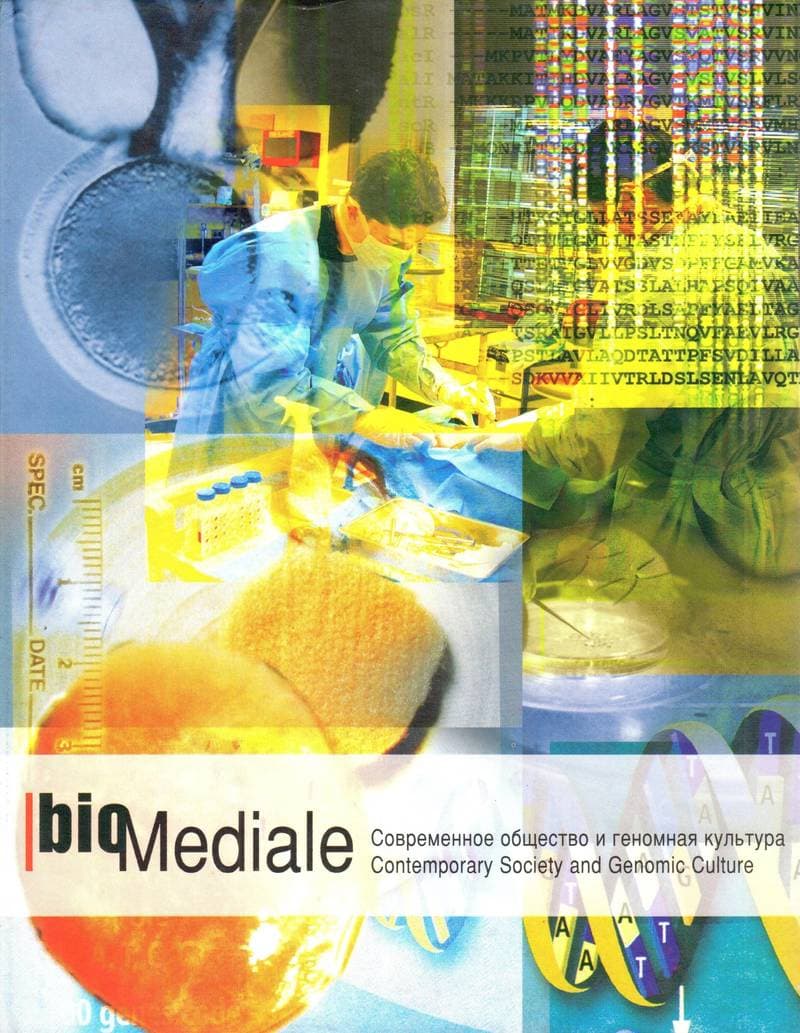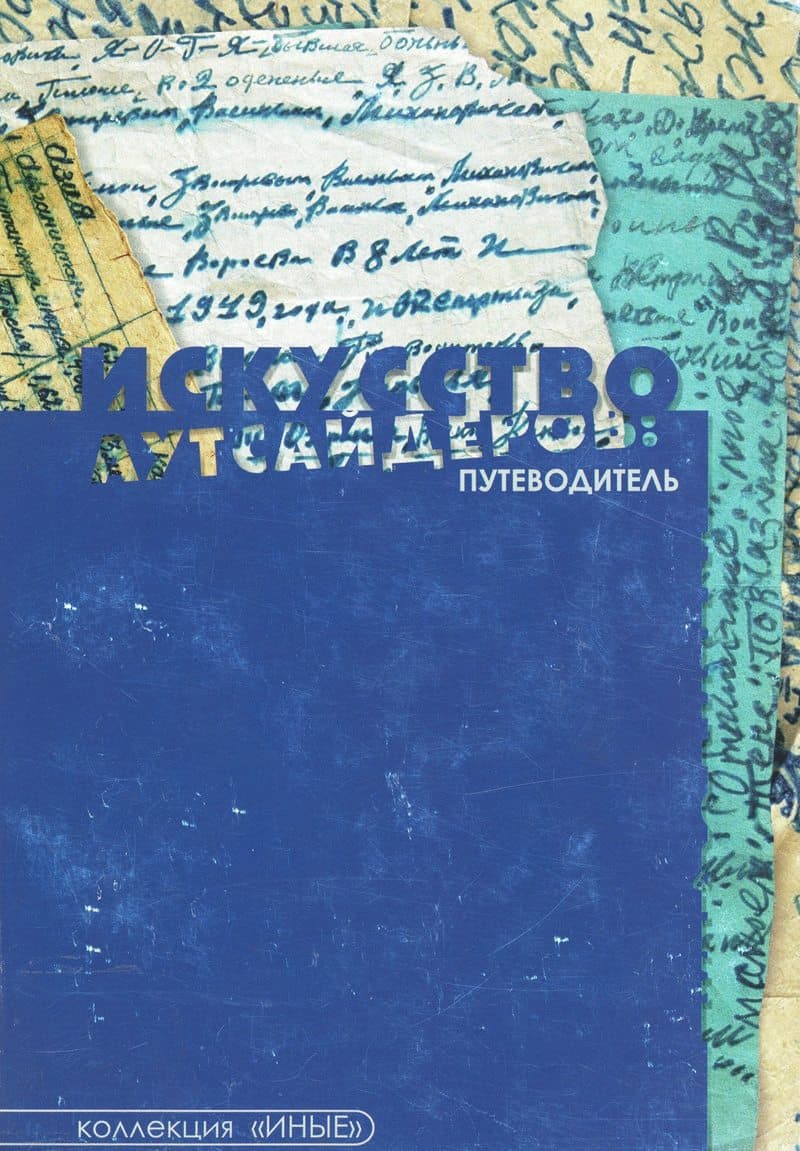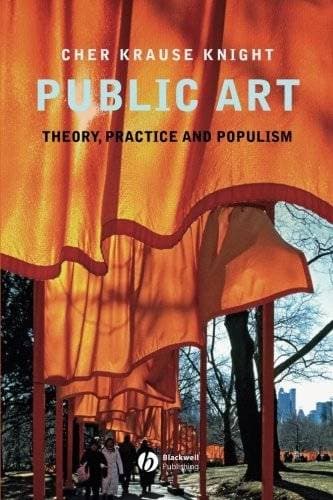Photorealism: 50 Years of Hyperrealistic Painting
At work from the late 1960s on, and thus extending the concerns of Pop art, Photorealist artists devoted themselves to the veneer of everyday life: glossy shop windows, limousines with shiny chrome, garishly colored plastic kitsch and urban scenes have been the favorite subjects of this school for 50 years. Photorealists might also explore the subtle gradations of light in reflections; various shades and forms in shadow; as well as the multiple gradations of pigment within one apparently homogenous block of color. They often employ technical aids to create painted illusions: they photograph their source materials, transfer them with the aid of slide projectors or scans and then portray the final image precisely with the brush or spray gun on canvas. This publication presents works by leading figures in this movement, starting with first-generation Photorealists such as Richard Estes, Chuck Close and Don Eddy and moving through three generations of artists to the hyper-realistic visual experiences of contemporary digital artists such as Yigal Ozeri, Raphaella Spence and Robert Neffson. In a world awash with a dazzling infinity of instantly produced realistic images, from TV to Polaroids and (more recently) digital camera, these paintings can be spellbinding in their finely-honed precision, while exuding exceptional virtuosity.
Details
Letze Otto (Article author), Schneede M. Uwe (Article author), Meisel Louis K. (Article author), Chase Linda (Article author), Cane Simon (Article author), Knoll Nina S. (Article author)
Eddy Don, Estes Richard, Flack Audrey L., Gertsch Franz, Goings Ralph, Kacere John, Kleemann Ron, McLean Richard, Mendenhall Jack, Parrish David, Salt John, Schonzeit Ben, Brunelli Anthony, Cone Davis, Dudley Randy, Gniewek Robert, Heinze Gus, Meniel Bertrand, Johnson Ben, Ozeri Yigal, Jacot Don, Penner Rod, Neffson Robert, Spence Raphaella, Cottingham Robert, Close Chuck, Torrens Bernardo, Bernardi Roberto, Head Clive, Blackwell Tom, Bell Charles, Bechtle Robert, Baeder John
Ostfildern
2013
200 pages
9783775735858
Available on request
Yes
No
709.043 Hyp
1
- Taking the Train: How Graffiti Art Became an Urban Crisis in New York City2001
- The Technique of Kinetic Art1971
- Performance and Phenomenology: Traditions and Transformations2015
- Части стен 22018
- The Practice of Public Art2008
- Новые медиа в искусстве2018
- Biomediale: Современное общество и геномная культура2004
- Кинетизм1994
- Искусство аутсайдеров: путеводитель2005
- Performance Art: From Futurism to the Present2011
- Public Art: Theory, Practice and Populism2008
- Performance Art: From Futurism to the Present2006
